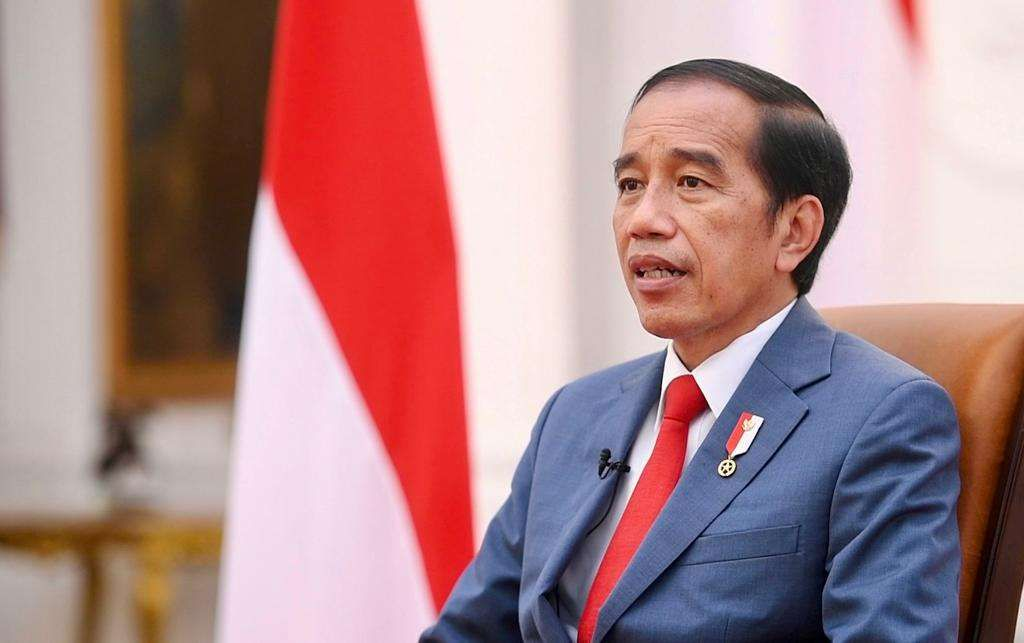SEAToday.com, Jakarta-The conflict between Iran and Israel is heating up. Both countries started attacking one another. Israel launched an attack to the Iranian Embassy in Damascus, Syria, and Iran retaliated by launching drones and ballistic missiles to Israeli territory on April 13, 2024.
The hostility between the two countries has a long history. However, Iran and Israel previously had a harmonious relationship. Iran depended on Israel, and vice versa. When was that?
The Iran-Israel relationship dated back to the Pahlevi Dynasty in Iran (1925-1979). The monarchy changed the country's name from Persia to Iran, and changed their people's life for the worse.
Reza Shah's leadership in 1925 was no different than the leadership of his son, Reza Pahlevi, in 1941. Reza Pahlevi was a man who protected his power at all cost. He sought protection for his power to Israel and the United States.
That support meant a lot for Iran. Hundreds of soldiers were arrested and others were shot to death. Parliamentary power was weakened and opposing parties were destroyed.
Reza Pahlevi's reign went on smoothly. He realized it took lots of money to build Iran. Therefore, he resorted to opening an oil business with the country that most of the Middle East hated, Israel.
The Pahlevi Dynasty practiced corruption and nepotism by bringing his wife and sister into power. Investors had to deal with his wife and sister, eventually costing them more money.
"The Iranian government in the Shah era - outside of the officially appointed government - was held by three figures: Shah Iran, his wife Farah, and his twin sister Shah Putri Asyraf. Each had their own network of power that was intertwined one another and sometimes even clashed," wrote Nasir Tamara in the book "Revolusi Iran" (2017).
Reza Pahlevi also invited his other family members to get involved in acts of corruption. He even created the Pahlevi Foundation for the investors.
Everyone who was willing to give a sum of their money will have their affairs with the government go smoothly. On the other hand, those who didn't give money will see their affairs with the government hindered, at least through bureaucracy.
The Harmonious Relationship Between Iran and Israel
The world saw Reza Pahlevi's reign as one that favored money over their people's prosperity. The country only served the investors, including Israel.
Israel's action of taking the Palestinians' land didn't seem to be a problem for Reza Pahlevi. Other Moslem countries opposing Israel also didn't become a problem, as a relationship with Israel meant a hefty sum of money.
The Iran-Israel mutually beneficial cooperation started in the 1950s. Iran supplied 60 percent of Israel's oil needs. In return, Iran received benefits from the projects of Israel and its ally, the United States.
"He ships oil to any country that pays for it, including South Africa, what ever the black Africans may say, and Israel, however much the Arabs may grind their teeth at ‐him, because he knows that in a seller's market nobody can do anything effectively to prevent him." wrote David Holden in his New York Times article titled "A Napoleonic Vision of Iran as a New Japan", May 26, 1974.
Those benefits made Iran turn a blind eye on Arab countries that opposed Israel's presence in Palestine. Iran always refused to limit their sales to Israel or carry out an embargo.
Iran-Israel's relationship started to disturb the Iranians, and tensions were heightened by the repressive government.
The harmonious relationship between Iran and Israel made Iranians live outside of prosperity despite abundant oil yield.
How It Ended
Reza Pahlevi's reign started to gain opponents including ulemmas like Ayatollah Ruhollah Khomeini. He managed to encourage the people to fight back, one of them by carrying out strikes.
"80 percent of Iran's income was from oil. It wasn't hard to imagine that a strike meant it was over for the country. However, it was hard to imagine the impact on countries like Japan and western Europe. Those who were immediately affected were Israel and South Africa. Most of the oil used in the two countries were from Iran," said a Tempo article titled "Tinggal Apa Lagi", November 11, 1978.
The Iranian Revolution started in 1979, which marked the end of the Pahlevi Dynasty and their harmonious relationship with Israel. Now, both countries carry on as archenemies.
















